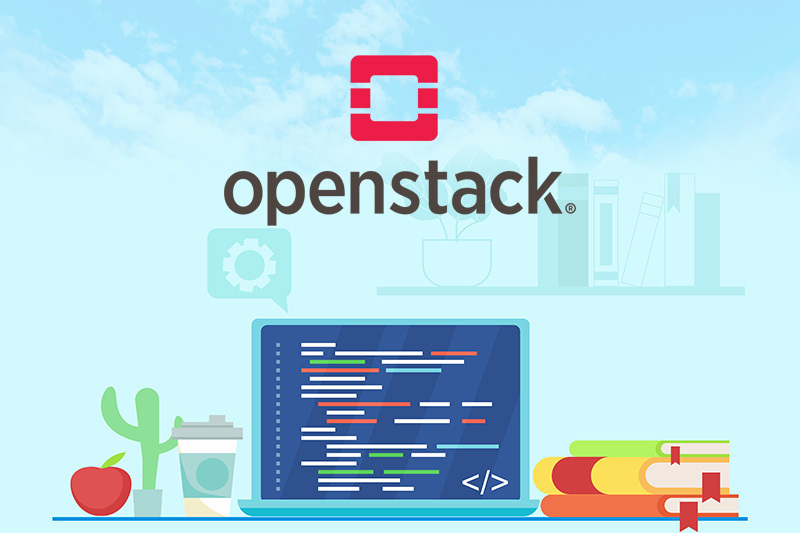Enterprise customers are frustrated with growing costs and limitations of traditional IT software. This problem is exacerbated when start-ups appear out of nowhere to compete with agile businesses powered by the cloud. To meet customers’ needs, I have seen a number of legacy IT vendors extend the OpenStack cloud platform to give their customers a viable cloud computing operating system that does not lock customers in with a single provider and limited options.
Recognizing the growing popularity of OpenStack among enterprise developers, HP sponsored OpenStack “Stackups” across Asia to promote open discussion of OpenStack-related solutions and encourage community feedback. I moderated panel discussions at three of these Stackups in Hong Kong, Singapore, and Bangalore and personally interacted with hundreds of developers and other IT professionals and learned a great deal about the challenges they face in evaluating OpenStack and other technologies.

- While OpenStack promises a flexible cloud infrastructure, attendees were not aware of the continuous delivery model that solutions like OpenStack enable. Business requirements are changing at a much higher pace, requiring IT to modify its strategy on how to meet those needs at an increased pace. The cycle of modifying code, testing, and deploying applications under current technology is cumbersome and slow. The opportunity for OpenStack-based solutions to significantly reduce the time and cost to meet business needs is often overlooked. Labor costs in Asia are lower than other economies, so the cost benefits of continuous delivery are a lower component of value; however, attendees seemed to embrace the benefit of increased business agility as an incremental benefit to cost reduction.
- The DevOps capabilities of OpenStack-based solutions needed to be clearly explained to attendees. Developers view operations as a roadblock to their success and often overlook the new role that operations now play as a deployment enabler. The organizational change required for developers and IT to work together to deliver business applications to end users does not yet seem to be a priority. Once the capability of delivering new functionality with more agility is recognized, customers are quick to embrace this new business and delivery model.
- OpenStack as an enabler to help transform ISVs to SaaS providers was another value discussed extensively at these events. There were a number of start-ups at each event as well as ISVs currently delivering on-premise solutions. ISVs had domain knowledge in specific areas but needed to understand the value of new delivery models before they were convinced of making the investment to use OpenStack as the cornerstone of their strategy. The benefits of multi-tenancy and continuous delivery led many attendees to view OpenStack-based technology in a new light.
- While many predict direct migration of workloads to public clouds, enterprise customers seem to be adopting cloud technology with a hybrid-first strategy.

